Year-round spring climate. Mountains soaring from an ocean of deepest blue. An abundance of exotic fruit and superlative seafood. Unusual wines.
Madeira seems to be the island that has it all. Yet Portugal’s “pearl of the Atlantic” has always had an image problem.
“Dreary, stuffy little place,” a British friend told American writer Paul Bowles back in the 1950s. “Nobody goes there but very elderly ladies.”
Bowles – known for his travels around North Africa’s wilder corners – ignored them and was enchanted by Madeira. Less than four hours’ flight from London or Paris, Madeira is still popular with seniors but this peaceful, year-round destination 300 miles west of Morocco is increasingly diversifying as new low-cost flights bring in younger visitors.
Here’s what’s unmissable when you travel here:
Plunging into black lava pools
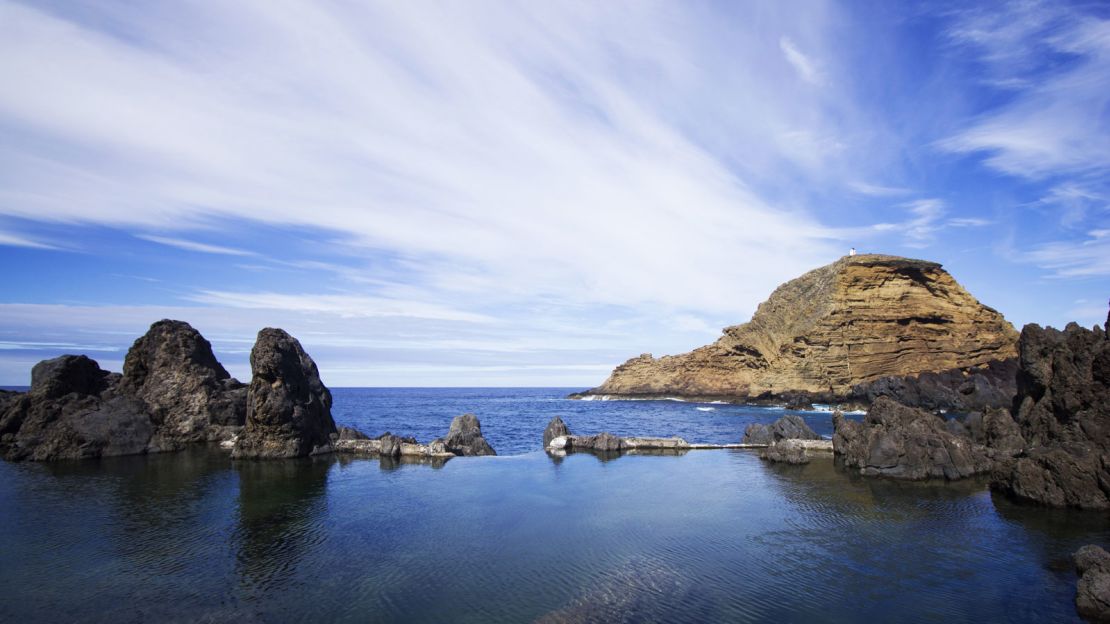
On Madeira, the black lava bathing pools of Porto Moniz are just about as far as you can get from the island capital, Funchal.
Until recently, it took several hours of twisting mountain road to get there. Now they are reachable in just 50 minutes thanks to a network of highways and tunnels cut through the rocky heart of the island.
The road building has been criticized for its environmental impact, but it’s brought the extremities of the island within easy reach of travelers.
At Porto Moniz, the meeting of Atlantic waves and some prehistoric volcanic eruption formed spiky rings of black lava rock along the waterfront.
They’ve been turned into one of the world’s weirdest and most beautiful swimming baths. More than 4,500 square yards of clear, calm saltwater pools, separated from raging ocean surf by the lava walls.
Hiking levadas through the Laurisilva
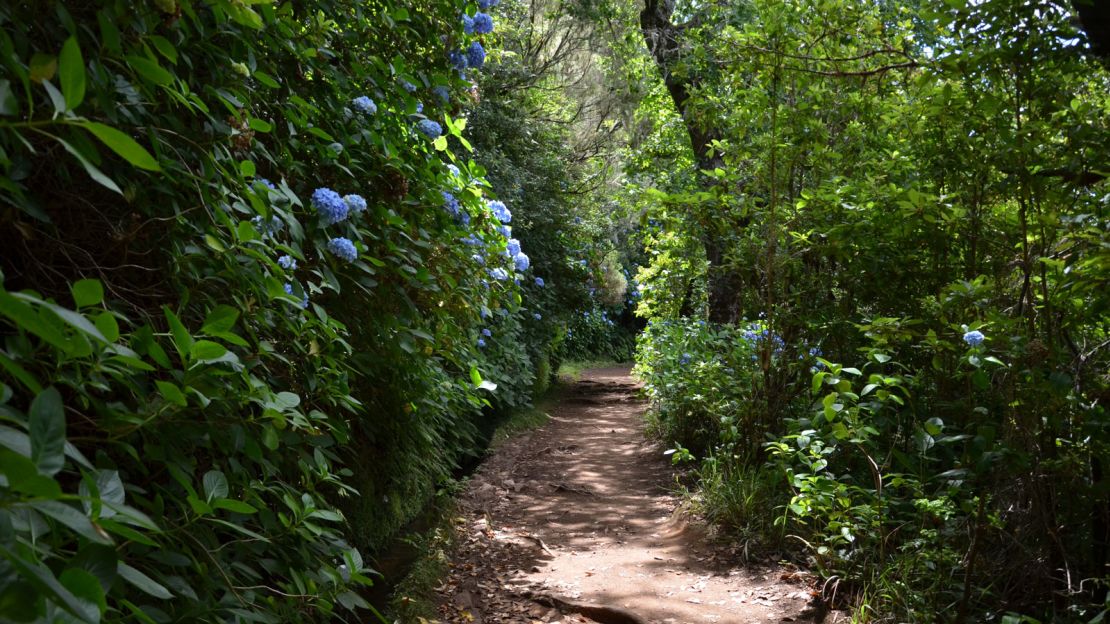
A network of hiking trails follow more than 1,300 miles (2,092 kilometers) of narrow stone irrigation channels known as levadas criss-crossing Madeira’s mountainous countryside.
Many lead into the Laurisilva forest, a remnant of the semi-tropical vegetation that covered the island before Portuguese explorers arrived in 1419.
One of the most scenic is the Levada do Caldeirao Verde, which meanders four miles past leafy glades and plunging ocean views before emerging into a clearing sprinkled by a 300-foot (91 meters) waterfall.
Getting tropical at the farmers’ market
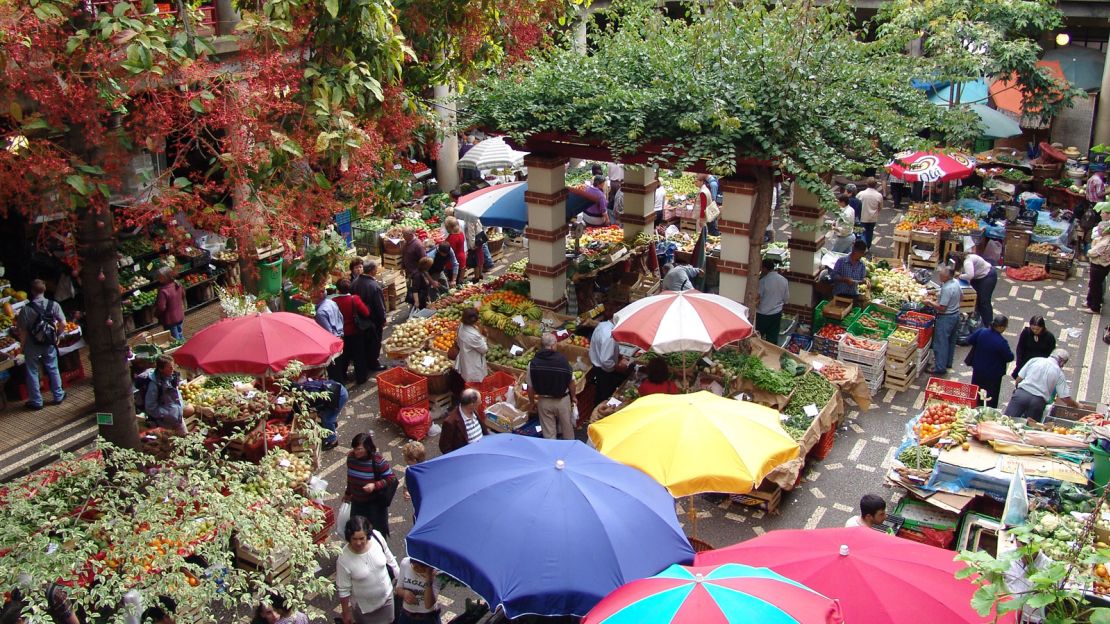
Flower sellers dressed in traditional rainbow-hued skirts. Fish merchants wielding machetes to slice torpedo-sized tuna. Funchal’s Mercado dos Lavradores (farmers’ market) is a spectacle. The fish is fabulous, but fruit is the main attraction.
Just about anything grows here. Island bananas are packed with flavor and there’s a baffling variety of passion fruit; papaya, custard apples and something resembling a phallic pine cone called monstera deliciosa (it tastes like banana crossed with pineapple.)
Soaking up the rays on Porto Santo
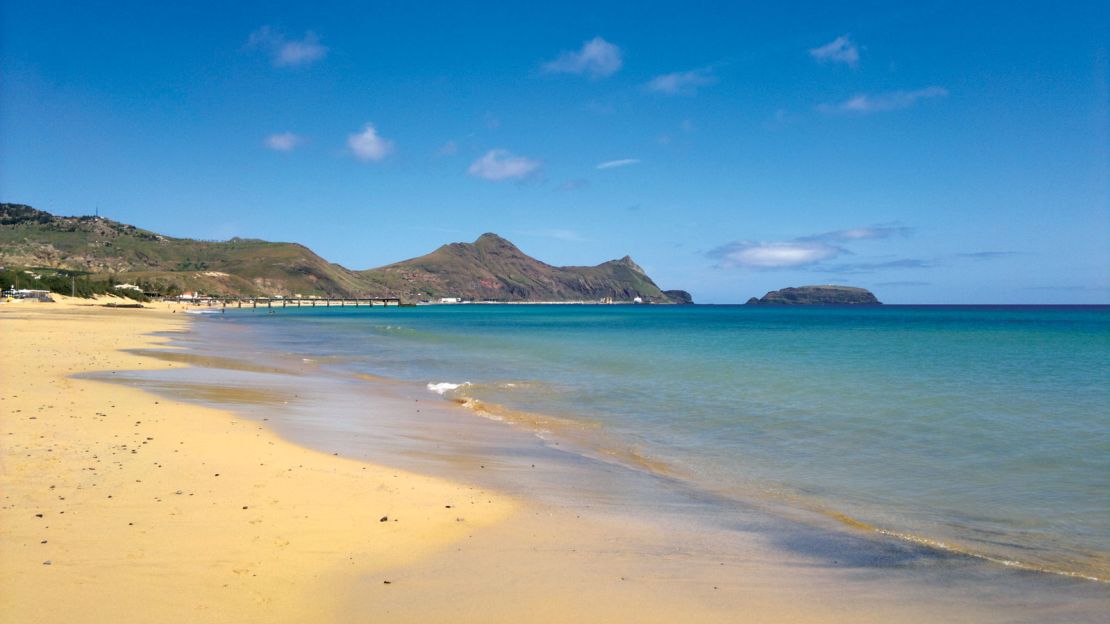
Madeira’s big disadvantage? No beaches. That’s where Porto Santo comes in.
A couple of hours away by the daily ferry, or 15 minutes by plane, Madeira’s little sister boasts a six-mile stretch of pure golden sand arcing around a bay of crystalline water. The island of 5,000 people buzzes in summer when Madeirans pop over to soak up the rays.
Out of season, there’s little to disturb the landscape of bare conical hills or the sleepy harbor town, where it’s possible to visit the supposed one-time home of Christopher Columbus, who married the governor’s daughter.
Eating scabbard fish sandwiches at Snack Bar Coca Cola
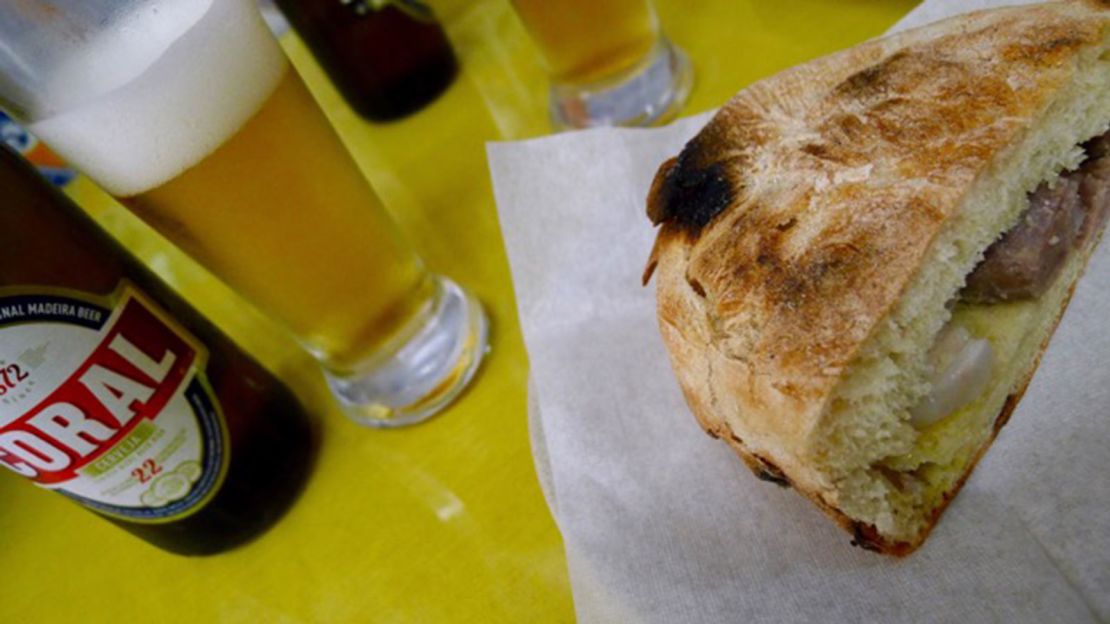
It’s impossible to miss these nightmarish denizens of the deep laid out in the market. Shiny black snake-like things with bulging eyes and wolfish jaws.
Black scabbard fish is Madeira’s favorite seafood. The firm white flesh is served everywhere – often in unlikely combinations with fried bananas. Next door to the market, the marble-fronted Snack Bar Coca Cola serves a legendary sandwich that squeezes scabbard fish marinated with onion and vinegar into a bolo do caco – a typical Madeiran flat loaf.
Best washed down with a frosty glass of island-brewed Coral beer.
Snack Bar Coca Cola, Rua Queimada de Cima 48, Funchal, Madeira, Portugal
Enjoying Michelin-starred Madeira

The fancier food isn’t bad either. Chef Júlio Pereira uses local ingredients to craft dishes like black scabbard fish tempura, with creamy limpet rice and tamarillo ketchup; or passion fruit bru?le?e with apple and basil ice-cream.
Madeira’s restaurants are fast building an international gourmet reputation. Il Gallo d’Oro in Funchal’s Cliff Bay hotel picked up its second Michelin star in the 2017 edition and the tire-maker’s guide gave a first star to the glamorous William restaurant in Reid’s hotel.
For a truly memorable meal, there’s lunch at Faj? dos Padres.
The restaurant sits on a lick of land at the foot of cliffs towering 250 meters (820 feet) above. It’s reached only by boat, or a precipitous cable car descent. Palm-shaded tables look out over a pebble beach.
All around are gardens that supply organic fruit and vegetables. Local fishermen bring in the catch daily for Chef Amandio Gon?alves to serve up plates of grilled limpets, salted tuna or parrot fish barbequed with sweet potato.
Faj? was once a retreat for Jesuit priests who made sweet Malmsey wines there to ease their isolation. Modern travelers aiming to truly get away from it all can book a stay at one of seven restored houses at the foot of the cliff.
Il Gallo d’Oro, Estrada Monumental 147, Funchal, Portugal; +351 291 707 700
Faj? dos Padres, Estr. Padre Ant?nio Dinis Henrique 1, Quinta Grande, Portugal; ++351 291 944 538
Staying in a quinta
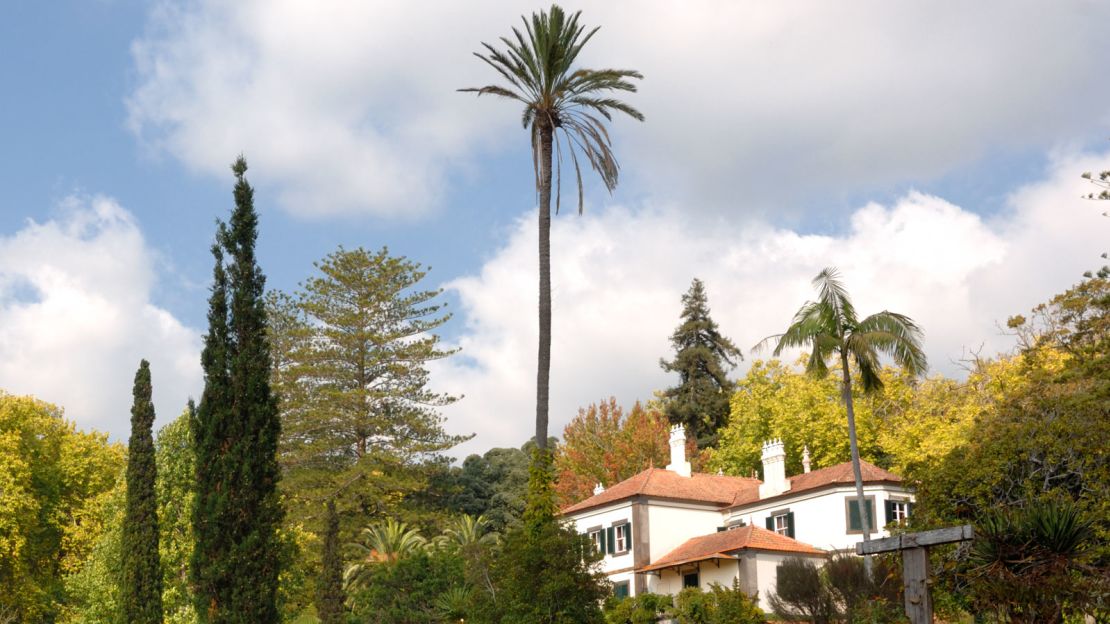
Funchal has plenty of large-scale ocean-front hotels, but an alternative is staying in a quinta. These are aristocratic country houses, often linked to the wine trade.
A string of them in the hills above the coast have been turned into boutique garden-ringed residences oozing old world charm.
Among the best is the Casa Velha do Palheiro that started life as a count’s hunting lodge. There’s also the Quinta Jardins do Lago, once home to a British general who guarded the island from Napoleon. Or Quinta do Estreito, high above the fishing town of Camara de Lobos.
Casa Velha do Palheiro, Rua da Estalagem 23 Palheiro Golf Sao Goncalo, Funchal, Madeira, Portugal; +351 291 790 350
Quinta Jardins do Lago, Rua Dr. Joao Lemos Gomes 29 S?o Pedro, Funchal, Madeira, Portugal; +351 291 750 100
Taking the long, winding road

A public works boom in the 1990s endowed Madeira with a honeycomb of tunnels allowing new highways to slash driving times around the island.
Some of the old heart-stopping cliff-edge roads irrigated by occasional waterfalls have been closed. Yet Madeira still offers great road trips.
West out of Funchal is a roller coaster ride along vertiginous slopes, picturesque villages and wild Atlantic shores. The variety of scenery is bewildering.
There’s Africa among Calheta’s banana plantations; Ireland a few miles along on the grassy clifftops at Ponta do Pargo; cloud-draped peaks that look like Chinese landscape paintings up around Pico Ruivo.
Uncovering Funchal’s Flemish connection
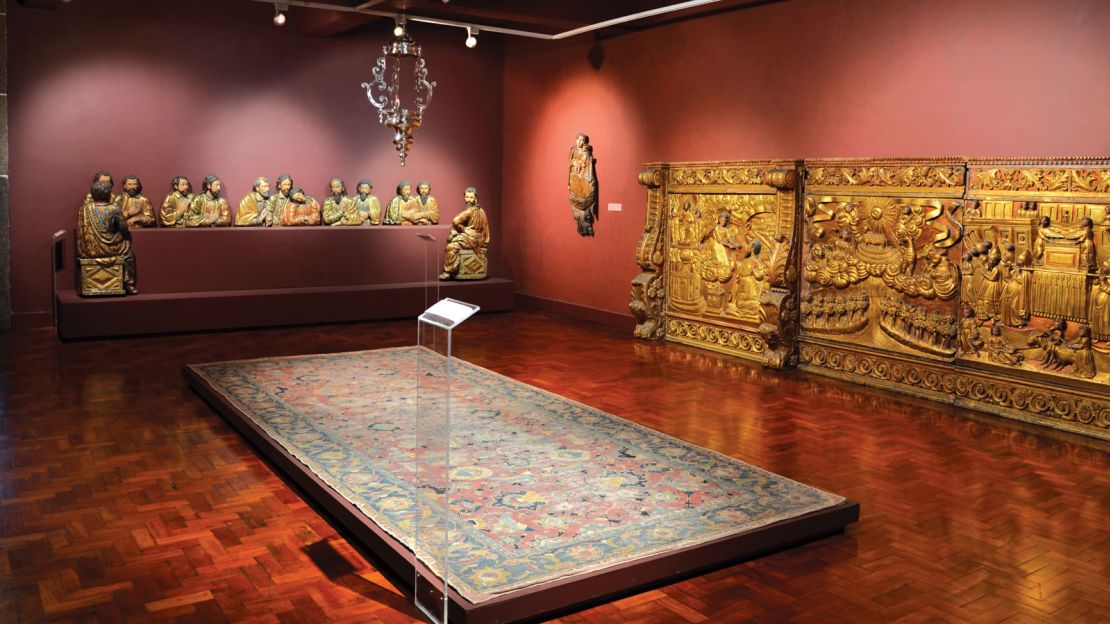
In the 15th century, Madeira was a sugarcane powerhouse, supplying sweetness to northern Europe.
Merchants in Antwerp and Bruges were among the best customers, which explains how Funchal became a treasure chest of artworks by Dieric Bouts, Gerard David and other Flemish masters.
Check them out in Funchal’s Museu de Arte Sacra, or the richly decorated Gothic cathedral. Modernists will enjoy the cutting-edge architecture of the Mudas arts center or graffiti-covered doorways in Funchal’s old town.
Museu de Arte Sacra, R. do Bpo. 21, Funchal, Portugal; +351 291 228 900
Nun’s hideaway
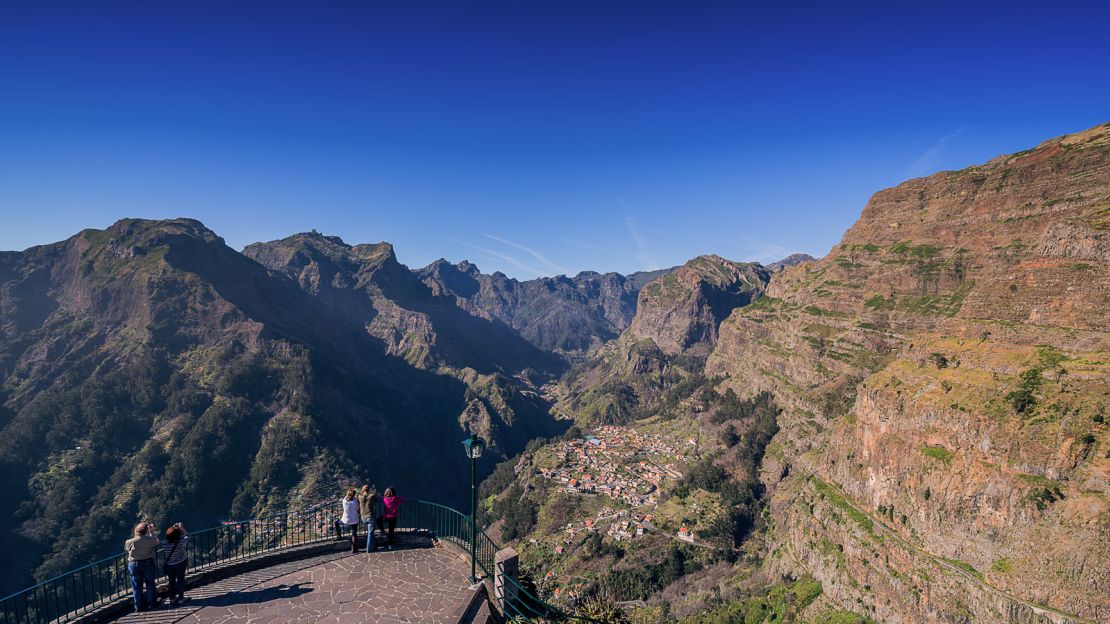
Curral das Freiras is a village surrounded by an amphitheater of jagged mountains. The name comes from nuns (freiras) who hid there to escape pillaging pirates. Aside from the dramatic scenery, the little town is renowned for chestnuts gathered from the forested lower slopes.
In season, they’re eaten roasted in the street, or on dinner tables in dishes such as chestnut soup, roast baby goat with chestnuts and chestnut pudding washed down with chestnut liqueur.
Learning how to tell Bual from Malmsey

Madeira wine is back in fashion, especially in the US. Sales have doubled and rare vintages sell for thousands.
The best come from single grape varieties, ranging from dryer Sercials and Verdelhos served as aperitifs to the rich Buals and Malmseys – perfect for accompanying the island’s signature molasses cakes. Atmospheric wine lodges scattered around Funchal offer tastings.
Roasting over hot coals
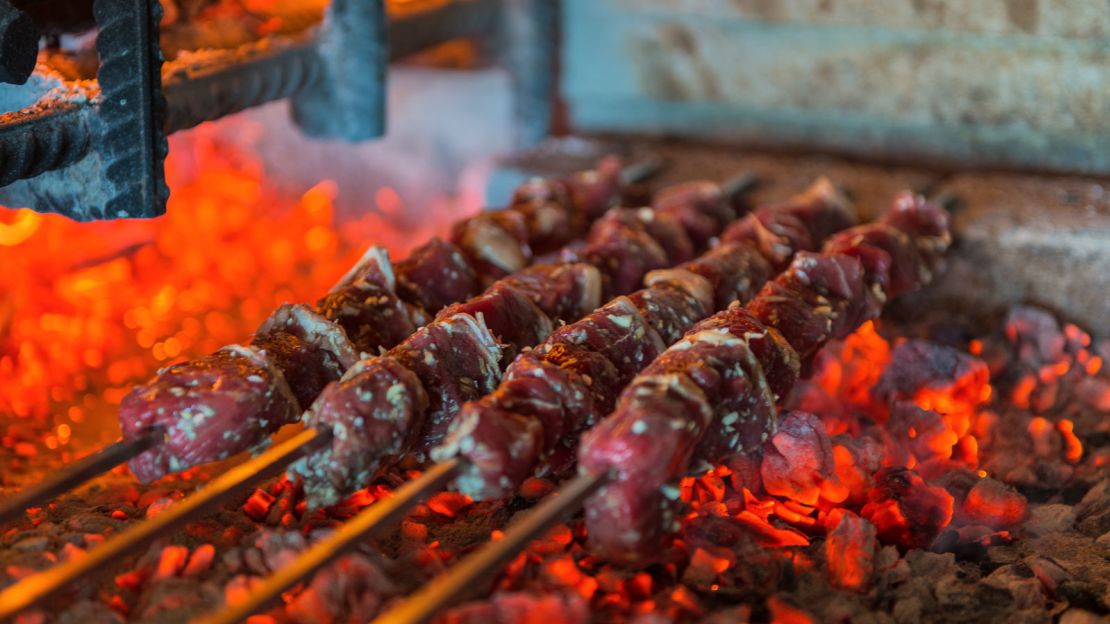
Despite all the seafood-rich waters, the islanders’ favorite dish is unashamedly carnivorous.
Espetada involves spearing chunks of garlic-and-salt-rubbed beef with a stick cut from laurel trees, then roasting it over hot coals.
It’s best in the hill village of Estreito de Camara de Lobos, home of renowned restaurants like Santo Antonio, Viola and As Vides, where it’s served with cubes of fried corn-mush and oregano-flavored fries.
Restaurante Santo Antonio, Estrada Joao Goncalves Zarco N0 656, Estreito de Camara de Lobos, Madeira 9325-087 Portugal; +351 291 910 360
Viola, Estreito de camara de lobos Estrada Joao Goncalves 596, Camara De Lobos, Madeira 9325 Portugal; +351 291 945 601
As Vides, Rua da Achada 17, 9325-017 Camara de Lobos, Madeira 9325, Portugal; +351 291 945 322
Testing nerves at Cabo Girao skywalk
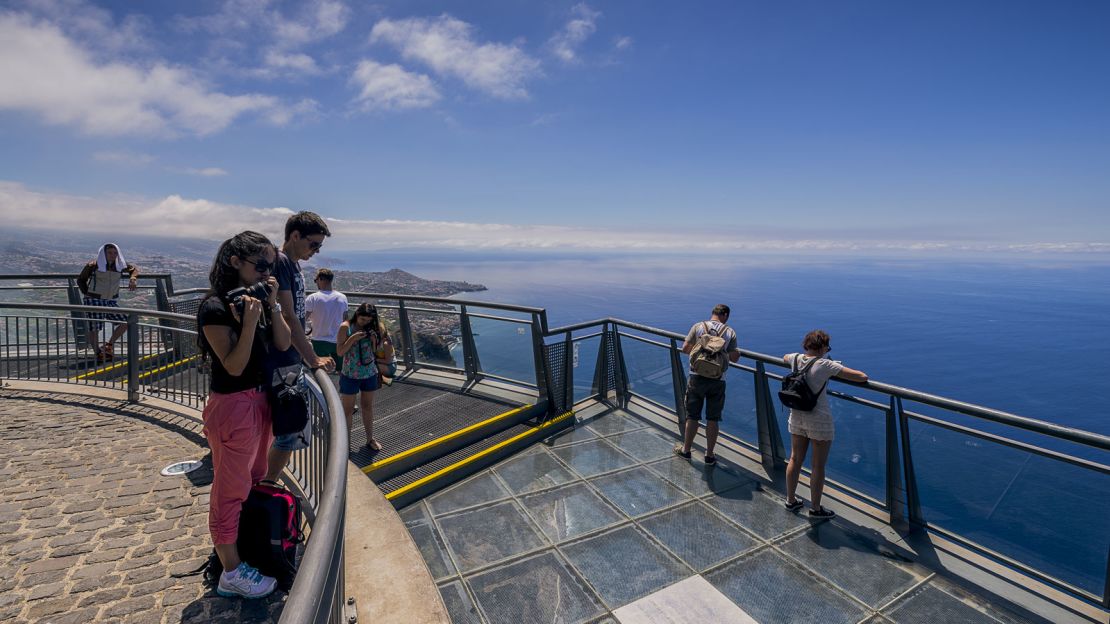
Ireland and Norway may contest Madeira’s claim to have Europe’s highest sea cliff. Such details hardly matter though when visitors step onto Cabo Girao’s glass-floored viewing platform and gaze down 1,900 feet to the Atlantic rollers below.
The cape is a lump of black rock looming over Camara de Lobos. Sunsets there are phenomenal.
Enjoying the flowers
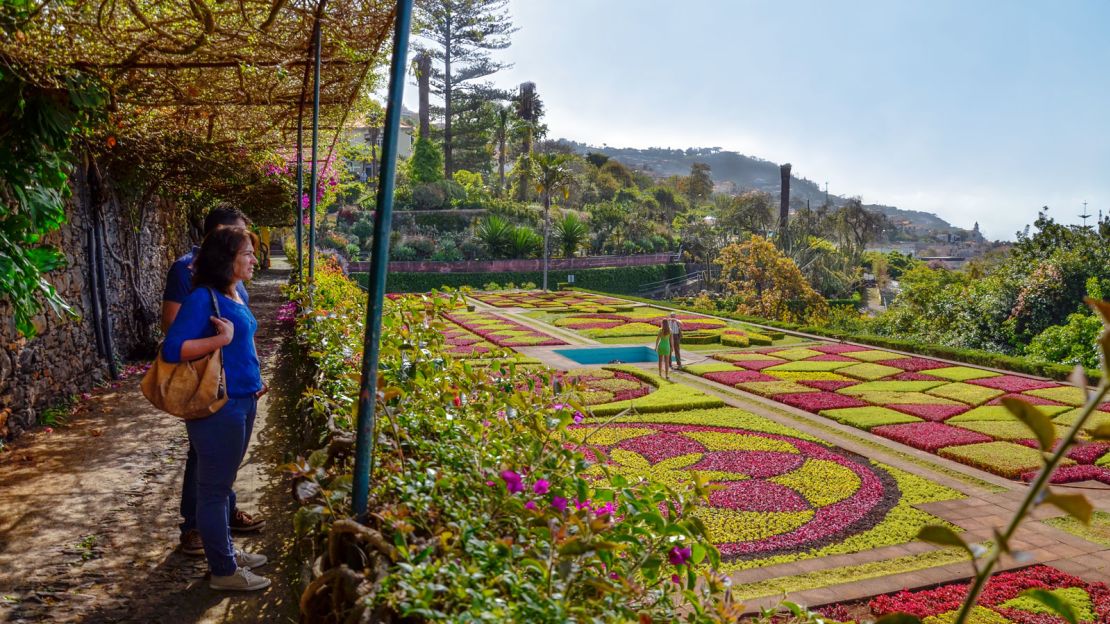
Madeira’s mother of all public gardens is the Jardim Botanico da Madeira, which overflows with over 3,000 plant types.
Among them are unique island blooms like shocking pink Madeira geraniums or bushy blue pride of Madeira blossoms. The gardens spread around a quinta built by a British family in the 1880s that enjoys sweeping views over Funchal.
Botanical Gardens Madeira, Caminho do Meio- Bom Sucesso, Funchal, Madeira, Portugal; +351 291 771 310
Drinking poncha
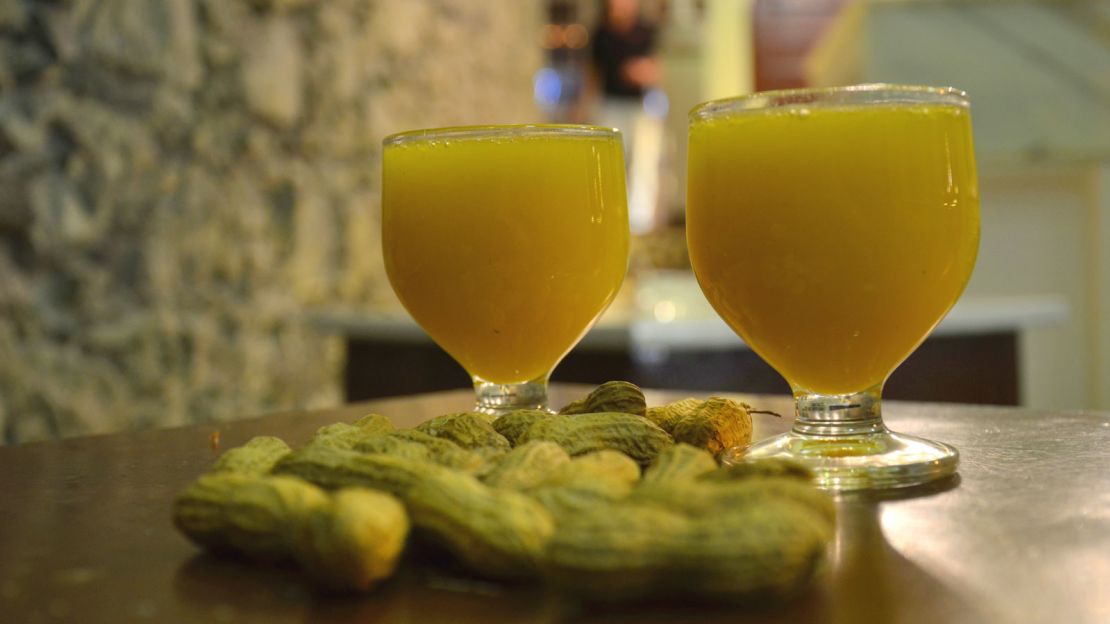
Madeira is famed for its wines, but locals also quench their thirst with a potent brew called poncha. It’s traditionally made from aguardente de cana (island rum) with lemon juice and honey, although passionfruit, tangerine or other fruits are sometimes used.
Ice is optional, but freshly made poncha is always better than commercial bottled varieties. Try it at Bar Number Two on Camara de Lobos quayside.
Bar Number Two, Rua Imperatriz Dona Amelia, 154, Funchal, Madeira Portugal; +351 291 230 676
Lapas at Doca do Cavacas
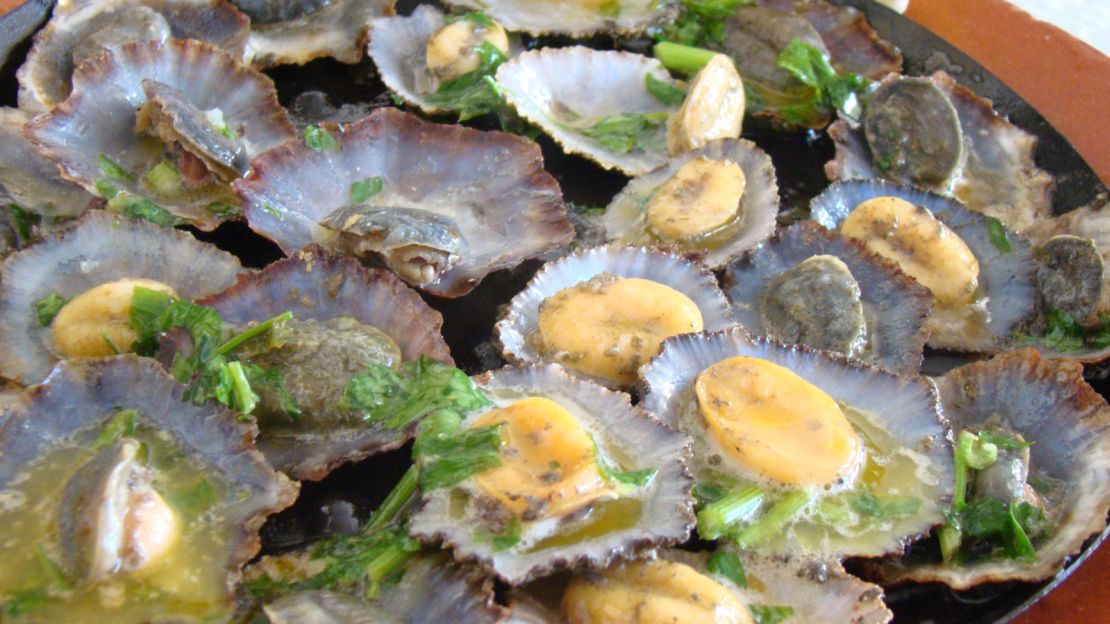
For seafood lovers, there are few experiences better than dining beneath a starlit-sky with the sea at their feet. Perched over Funchal’s seafront, Restaurante Doca do Cavacas does it all.
There’s lapas – chewy limpets broiled in butter and garlic; grilled fish – the scarlet-scaled bodiao is delicious; followed by homemade passionfruit pudding.
Doca do Cavacas, Rua da Ponta da Cruz Ponta de Cruz, Funchal, Madeira, Portugal; +351 291 762 057
Strolling above the clouds
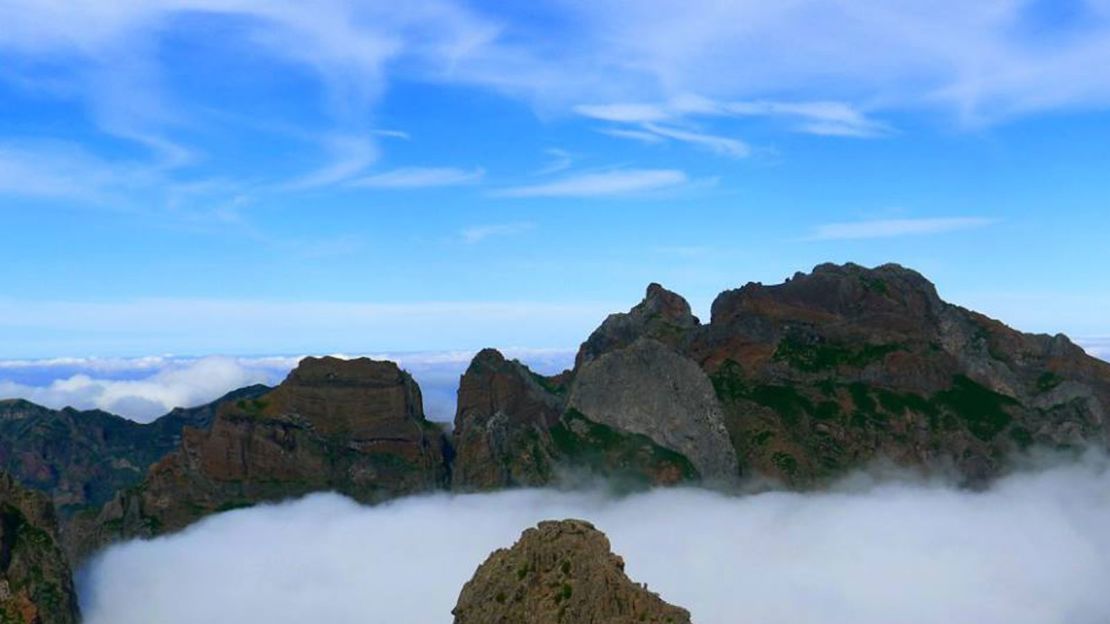
When it’s overcast in Funchal, it’s worth heading north toward Pico do Arieiro. The steep climb means cars struggle to get out of third gear, but the climb is worth it when the road emerges onto a sunlit plateau broken by bare peaks that poke through fluffy white cloud. Views can stretch from the rugged north coast to Funchal in the south.
Careering downhill in a basket
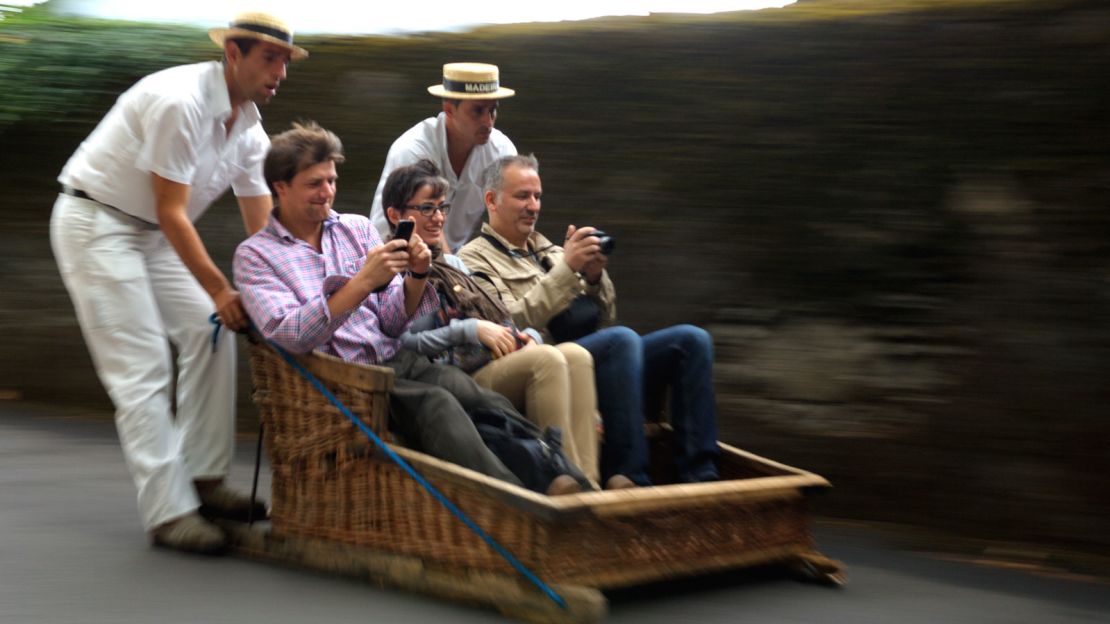
The quintessential Funchal experience since the 1850s. Below the handsome church in Monte, gangs of muscular men in white slacks and straw boaters lounge amid stacks of toboggans woven from reeds.
Visitors hand over 30 euros ($34) per couple, then squeeze into one of these basket sleds to be launched by two of the men on a breakneck descent down one-and-a-half miles of steep narrow lanes.
The runners cling to the sled to guide the way towards Funchal at speeds that can nudge up towards 40 miles per hour (64 kilometers per hour).
Feasting with the ferret
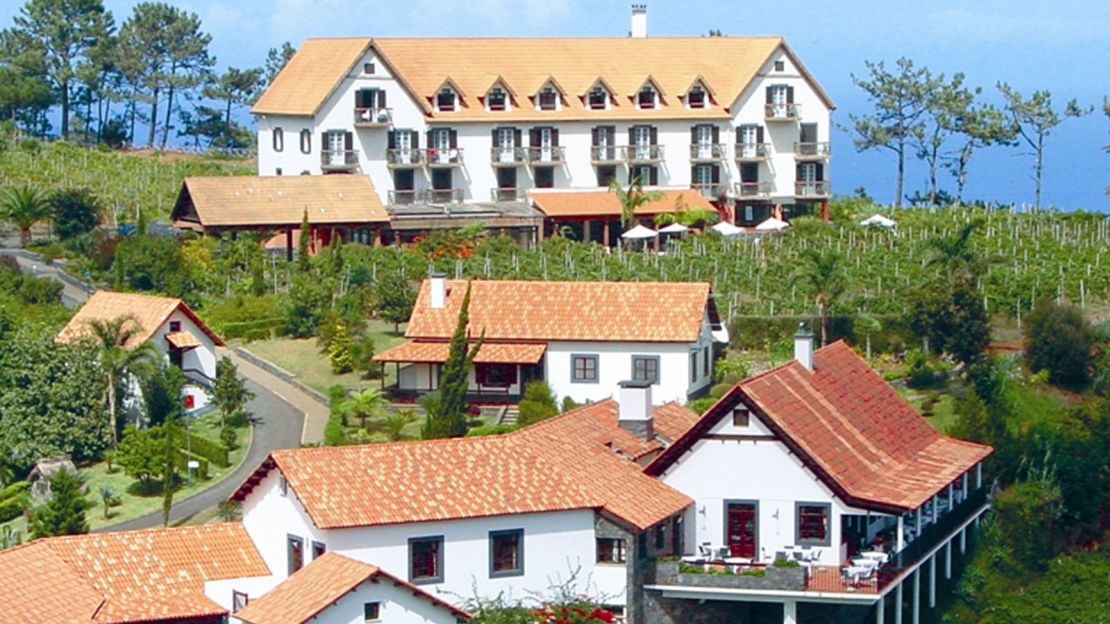
Quinta do Furao is an unlikely name for one of the best hotels on Madeira’s north coast.
The one-time aristocratic residence occupies a superlative spot surrounded by clifftop vineyards with endless ocean vistas.
Furao means ferret – apparently the nickname of a former owner. The hotel restaurant offers fine dining with an unbeatable view and a creative take on local products. There’s tuna rolled in sesame or quail marinated in sugarcane molasses and Madeira wine.
Quinta Do Furao Hotel, Achada do Gramacho, Santana, Madeira, Portugal; +351 291 570100
Unleashing your inner CR7
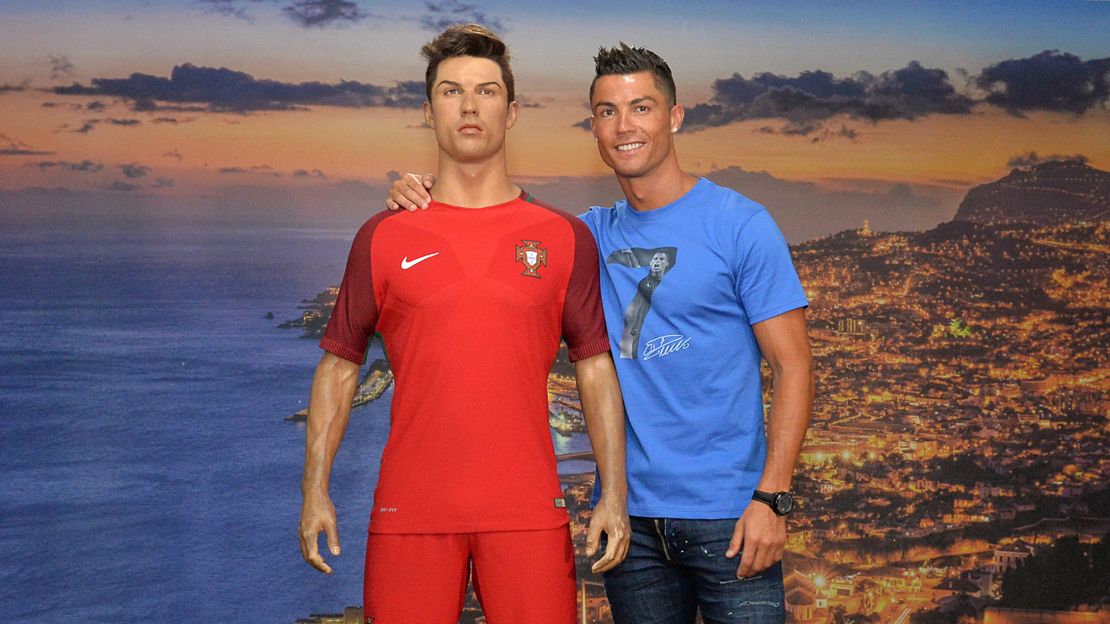
The world’s greatest soccer player (sorry, Messi) is a Funchal hometown boy.
Cristiano Ronaldo was born there in 1985 and first kicked balls at local youth teams before moving on to megastardom at Manchester United and Real Madrid.
Madeira has erected a larger-than-life bronze statue of its favorite son on the harbor promenade and in 2013 opened the CR7 museum showcasing his famed No. 7 shirts and other memorabilia.
In 2016, the player opened the first of a series of joint-ventures with the Madeira-based Pestana hotel group. The harbor-side Pestana CR7 Hotel gives guests a taste of his glitzy lifestyle, complete with tailor-made fitness circuit, outdoor Jacuzzi, arsenal of electronic gadgetry and a rooftop infinity pool overlooking Funchal’s spectacular harbor.
CR7 Museum, Princesa Dona Amelia, 10, Funchal, Madeira, Portugal; +351 291 639 880
CR7 Hotel, Av. Sá Carneiro / Pra?a do Mar , 9000-017, Funchal, Portugal; +351 291 140 480
Paul Ames is a freelance journalist based in Lisbon. He’s been hooked on Portugal since visiting as a kid in the 1970s.























